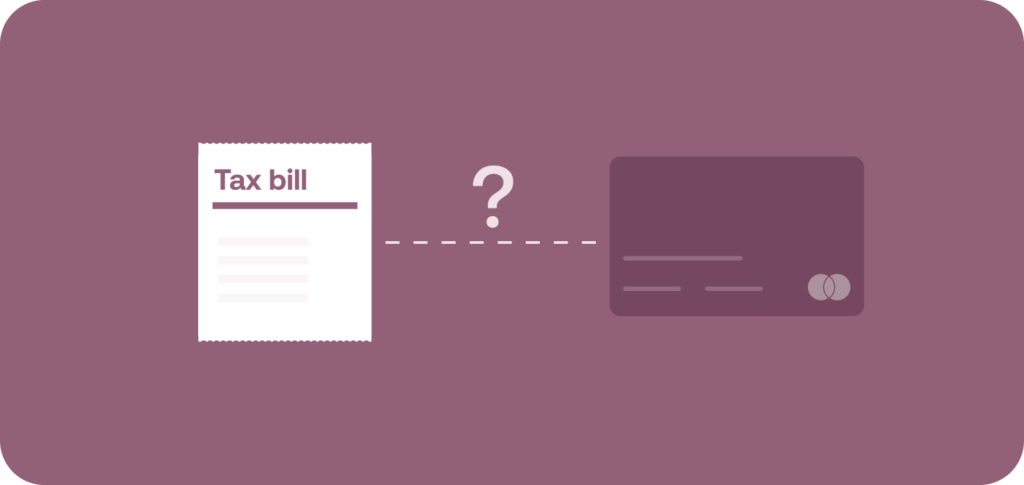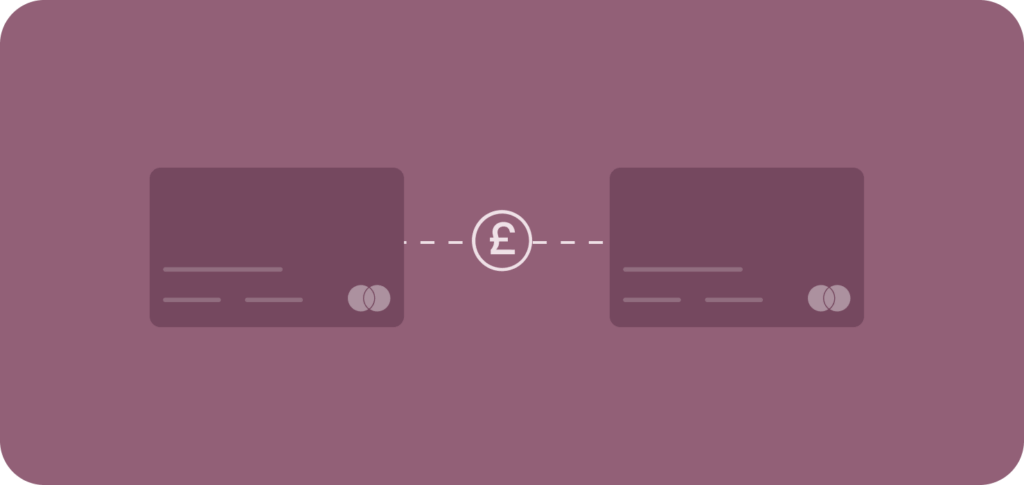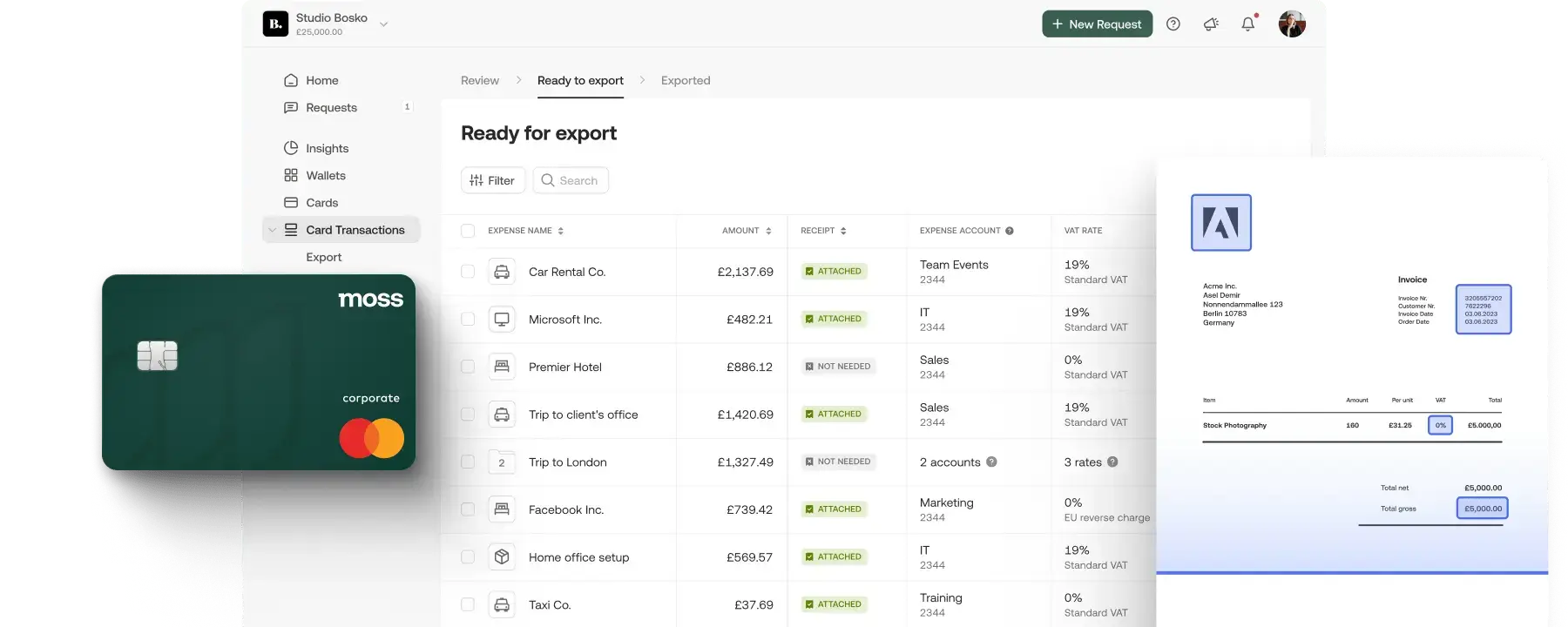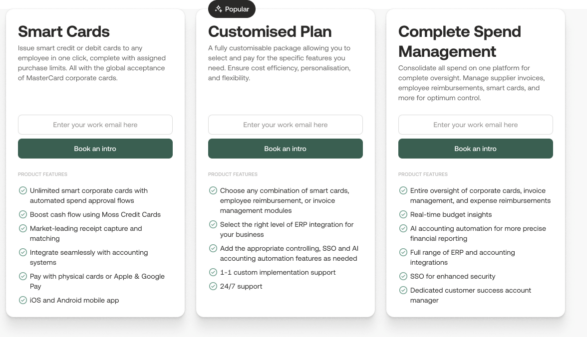Credit cards are the payment method of choice for millions of consumers and businesses around the world. They offer a host of benefits over debit card payments, including rewards and payment protection.
But, as most people know, credit cards also come with significant risks, the most obvious being the extensive list of credit card fees that credit card companies charge their customers. If you don’t stay on top of your credit card repayments, you could find yourself facing a mountain of credit card debt before you know it.
This inevitably leads many credit card users towards the same question — can you pay off one credit card with another?
In theory you can. But it’s not as simple as using one credit card to pay off another. Credit card providers block credit cards as a bill payment method by default, for obvious reasons.
Instead, credit card users have two alternative options that they can use to move debt from one credit card to another, namely balance transfers and cash advances. Both of these mechanisms allow you to achieve the same end result — paying off one line of credit with another.
But, as always, there are lots of details in the fine print which can complicate things. Balance transfers are the safer option of the two, but cash advances in particular can make a bad credit situation much worse with high fees and charges.
In this article we’ll explain how both of these credit management processes work and highlight the pros and cons of each so you can make an informed decision about which one is best for you.
The risks of paying off a credit card with another credit card

Before we get into the details of balance transfers and cash advances, it’s important to note that in most situations it’s a bad idea to pay off one line of credit with another. Credit and credit card charges compound over time, and can quickly become unmanageable if you don’t stay on top of repayments.
Minimum monthly repayments can be a useful ways to reduce the amount of money leaving your personal bank account in the short term. But the trade off is additional interest charges further down the line. To avoid this, you should pay off your credit balance in full each month whenever possible.
Likewise, if you do have to pay off one credit card with another line of credit, you should also always settle the outstanding balance in full. One of the main benefits of balance transfers, and to a lesser extent cash advances, is being able to consolidate your credit card debt in one place. Transferring to pay off half of your credit card balance simply means you’ll be paying interest on two different cards.
What is a balance transfer?

Warnings aside, if you do need to pay off a credit card with another credit card, a balance transfer will usually be your best option. Balance transfers allow you take advantage of better interest rates and fees by moving a credit card balance to another provider.
The process is reasonably straightforward. Simply apply for a new card, and once you’ve been accepted you can initiate a balance transfer. You’ll need to enter the details of the card you want to transfer the balance from. Once you’ve done so, your new credit card company will pay off the previous balance and apply it to your new card.
The most important part of the balance transfer process is finding a suitable card to carry out the balance transfer. The more favourable the rates, the less money you’ll pay on your debt. So it really is essential to know what you’re signing up for with a new card.
Why choose a balance transfer?
Depending on the rate of interest you’re being charged on your credit card, a balance transfer could potentially save you a lot of money in repayments. Although balance transfers come with their own fees, usually 3% to 5% of the total transfer, there are many situations where this fee will be significantly less than the standard APR you’re being charged on your existing card.
For example, let’s say you have a credit card with an outstanding balance of £4,000 that’s being charged at 18% APR. In this case you’d pay £720 in APR fees over a year.
Alternatively, you could initiate a balance transfer to a new card. Let’s use an example of a card with an introductory APR of 0% for balance transfers for 12 months. With a 3% balance transfer fee, you’d pay just £120 over the course of a year, saving yourself £600 in the process.
As long as you pay off the debt before the end of the low fee introductory period, using a balance transfer to manage your debt can be a great option. But many credit card users make the mistake of assuming that they’ll be able to pay off their new credit card balance before their introductory rates have ended. If they fail to do so then they’re stuck with the standard high APR.
Credit card companies want your debt because they make their money on charges, so it’s common to find good rates and attractive offers for potential new customers. Just be sure to check the fine print and be aware of the rates you’ll end up paying after the introductory period has ended.
Balance transfer cards
Certain credit cards are designed specifically for balance transfers. They come with favourable terms, like low balance transfer fees, and introductory zero APR. If your aim is to clear your credit card debt using a balance transfer, choosing one of these cards will be your best option in the short term.
However, to get the most favourable rates, you need a good credit history. Without a good credit score (usually above 670), you won’t be able to get a balance transfer card. This significantly reduces the benefits of pursuing a balance transfer in the first place.
Balance transfer credit cards also come with balance transfer limits, so you won’t be able to pay off a full balance on an old card if it exceeds the limit on your balance transfer card. Additionally, carrying out too many balance transfers can negatively affect your credit score.
What is a cash advance?

The other option for paying off your credit card balance with an alternative credit card is a cash advance. A cash advance is effectively an immediate loan that you take directly from your credit card. Usually it’s withdrawn as cash, either at an ATM or at a bank.
With a cash advance, you gain immediate access to a lump sum of cash. But you’re charged a high premium in return. Exactly how much you’re charged varies from credit card company to credit card company, but you can expect to pay the following additional charges for a cash advance:
- A cash advance fee
Firstly, you’ll be charged a cash advance fee on your cash advance. Like balance transfer fee, this usually equates to between 3% and 5% of the withdrawal amount.
- Cash advance APR on your withdrawal
On top of the cash advance fee, you’ll pay a cash advance APR on your withdrawal, which is much higher than standard credit card APR. According to WalletHub, the average US cash advance APR rate stood at 24.22% in April.
- ATM/bank fee
When withdrawing a cash advance from an ATM or bank you’ll also have to pay an ATM/bank fee. This is usually a set charge that’s added to your bill.
- No grace period on charges
Finally, cash advances come with no grace period, meaning that you’ll start accruing interest on your fees immediately.
Why choose a cash advance?
So, if they’re so expensive, why do people choose cash advances at all? It all comes down to convenience. Using a cash advance in any situation is risky because credit card companies charge hefty additional fees for cash withdrawals. It’s best to see them as a last resort option that you should only really consider if you have no other means of paying off a looming credit card bill. Even then, it’s usually cheaper to find a suitable balance transfer option.
Transferring credit with a cheque

Cheques are a dying breed in the world of consumer payments. Digital money transfers, credit cards, and even virtual card payments have emerged as preferred payment methods for consumers. In general they’re much more convenient because they allow you to move money between bank accounts instantly.
But cheques are actually still surprisingly common in the credit card industry. Many credit card companies send their customers blank convenience cheques that they can use to transfer money, pay for high-value items and even complete a balance transfer or cash advance.
Instead of withdrawing cash at an ATM to complete a cash advance, you can fill out a convenience cheque and cash it in to clear your old credit card balance, but you’ll pay a significant premium for the service. For balance transfers you can use a balance transfer cheque, a special type of cheque that’s intended specifically for balance transfers.
Physical money transactions in the age of digital banking
While cash and cheques are still in use, they’re quickly being replaced by card transactions and digital money transfers. Electronic transactions offer a number of benefits over conventional transactions, especially so when it comes to managing credit card payments.
For example, you can still pay off a credit card bill with cash, and many credit card companies accept cash deposits at their ATMs or in their bank branches. But it’s usually cheaper and quicker to pay your credit card bills online.
What should I do if I can’t pay back my credit card?
If you can’t pay back your credit card, it’s important to avoid cash advances. As we’ve already highlighted above, using a cash advance will simply increase the amount of money you owe, and you’ll end up accruing a higher rate of interest immediately. A balance transfer will be a better option in the short run, depending on the rates you manage to find, but you’ll still have to pay back the credit you owe at some point down the line.
Realistically, your first course of action should be to call your credit card company. Explain your current financial situation and why you can’t meet your repayments. While it’s not guaranteed, your credit card company may be able to alter your repayment schedule on request.
If you’re a business that can’t meet your credit card repayments, you’ll naturally have more options available. Businesses can get easier access to more affordable lines of credit, loans from investors, or loans from your corporate bank.
In the end, there’s no replacement for budgeting when it comes to healthy credit management, so remember to carefully plan you credit repayments to avoid unmanageable interest charges.
Corporate credit cards from Moss

Moss allows businesses to simplify their corporate spend with a variety of powerful spend management solutions. Get better spend visibility, free your accounting teams from tedious, time consuming tasks, and save money across multiple different departments with more efficient money management.
With Moss corporate credit cards, you can give each and every employee or department their own card. They can use their Moss card via Apple Pay and Google Pay to buy team drinks, office supplies or any other employee expense that you offer in your expense policy. You can even set up cards specifically for monthly recurring marketing expenses, or one-off cards for high value purchases.
It’s possible to give each Moss card its own custom budget limit and track it directly via the Moss app. You can even set up notifications to warn you when a specific card is reaching its spend limit, and alter the limit on the go if you need. Moss corporate credit cards come with up to £2.5 million credit per month and attractive repayment terms to match your business requirements.
FAQs
Credit card companies don’t allow customers to pay their credit card bill with another credit card directly. But it is possible to achieve the same outcome with a balance transfer, or cash advance. Both of these options allow you to pay off a credit card with credit, but they come with additional fees.
Balance transfers allow you to move debt between credit cards. They are useful for moving debt away from high interest cards and taking advantage of low introductory offers elsewhere.
Balance transfer cards are credit cards that are intended specifically for balance transfers. They usually offer low or zero rates on balance transfers, as well as low introductory APR to attract new customers.
Balance transfer cards can save you money in the short run. But it’s important to pay off your balance during the low APR introductory period. After it ends, balance transfer cards revert to a higher standard rate of APR, and your debt will start to increase much more quickly.
A cash advance is a cash withdrawal that’s made using a credit card. While cash advances can be useful in some circumstances, they’re highly risky becasuse of the range of different fees that are applied to them:
– Cash advance fee
– Cash advance APR
– ATM/bank fee
– Immediate interest charges
Credit cards offer a number of different advantages over standard debit cards. These include rewards and points on purchases, payment protection, and immediate funds for high value purchases. However, credit cards can be very expensive if you fail to make repayments on time.








